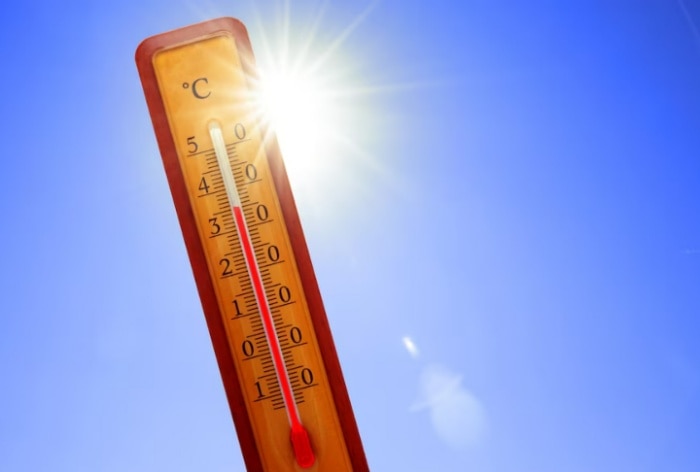Heat stroke has become a common health problem faced by many people amid rising temperatures. This is how it can be harmful to the body.
The sun is shining overhead and the summer season has already begun. Heat wave alerts have been issued in some parts of India. Amid rising temperatures, fainting, dehydration and summer allergies have become common. Heatstroke It is another serious and common health problem that people can face amidst heat wave-Similar situation.
What is heat stroke?? This is a condition caused by high body temperature. Often, prolonged exposure to heat and physical exertion can cause a high body temperature, and when the body is unable to control it, heat stroke occurs. This happens when the body temperature reaches 40°C (104°F).
When the body suffers heat stroke, it can have several major impacts on various body systems.
What happens during heat stroke?
- Elevated body temperature: During heat stroke, body temperature regulation mechanisms, such as sweating, become saturated and core body temperature rises rapidly. This extreme heat can cause damage to the brain, heart, kidneys, and other organs, which could lead to organ failure if left untreated.
- Dehydration and electrolyte imbalances: Excessive sweating and the inability to replace fluids during heat stroke can lead to severe dehydration and electrolyte imbalances, such as low levels of sodium, potassium, and magnesium.
- Neurological symptoms: Heat stroke can cause various neurological symptoms, such as confusion, disorientation, seizures and even coma, due to the direct impact of high temperatures on the brain.
- Heart health: The body’s cardiovascular system undergoes significant stress during heat stroke as it attempts to distribute blood to the skin to facilitate cooling. This can lead to an increased heart rate, a decrease in blood pressure, and an increased risk of heart-related complications.
- Organ damage: Prolonged exposure to extreme heat can cause damage to multiple organs, including the liver, kidneys, and muscles, leading to further complications and potential long-term health consequences.
Heat stroke: essential ways to manage it
- Immediate cooling is crucial when someone suffers heat stroke. Move the person to a cool, shaded area, remove excess clothing, and apply cold, wet towels or ice packs to the body. Seek immediate medical attention.
- Provide the individual with cool, clear fluids, such as water or electrolyte-rich sports drinks, to help rehydrate and restore electrolyte balance.
- Closely monitor the individual’s heart rate and blood pressure and be prepared to provide supportive cardiovascular care if necessary.
- Closely monitor the individual’s organ function through laboratory testing and provide appropriate medical interventions to support affected organs and prevent or mitigate further damage.
During the summer, it is essential to keep the body hydrated at all times. Make sure you eat a nutrient-dense diet and focus on building resistance and immunity. Healthy lifestyle choices can help keep the body fit.
Preventing and managing heat stroke requires a multifaceted approach, including staying hydrated, avoiding prolonged exposure to extreme heat, and seeking immediate medical attention at the first signs of heat stroke. It is essential to recognize the seriousness of this condition and take immediate steps to protect the health and well-being of the individual.
–>
